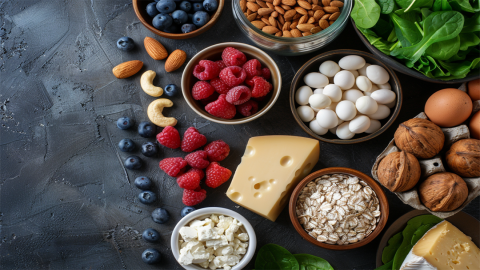What foods can help lower high blood lipid levels?
Generally, hyperlipidemia can be assisted by moderate consumption of foods such as oats, salmon, onions, kiwifruit, and garlic to help lower blood lipid levels. If discomfort occurs, prompt medical attention is recommended. Detailed explanations are as follows:

1. Oats
Oats are rich in dietary fiber, especially beta-glucan, which can reduce cholesterol absorption and thus help regulate blood lipids. Additionally, the unsaturated fatty acids in oats are beneficial for cardiovascular health, increasing satiety and reducing intake of other high-calorie foods.
2. Salmon
Salmon is rich in omega-3 polyunsaturated fatty acids, which can lower triglyceride and cholesterol levels and prevent thrombosis, thus improving lipid profiles and reducing the risk of cardiovascular diseases.
3. Onions
Onions contain prostaglandin A and sulfur-containing compounds that can reduce blood viscosity, dilate blood vessels, and thus lower blood lipid levels. Regular consumption of onions can help prevent atherosclerosis and protect the cardiovascular system.
4. Kiwifruit
Kiwifruit is rich in vitamin C and other antioxidants that help lower blood lipids. The fiber in kiwifruit also promotes intestinal motility, aiding digestion and absorption, further reducing blood lipid levels.
5. Garlic
Garlic contains garlic essential oil, which can thin the blood and lower blood lipids. Moreover, garlic also has antibacterial properties that help prevent other diseases.
If lipid levels remain consistently high or related symptoms occur, prompt medical attention is recommended. It is also important to maintain a healthy lifestyle, such as engaging in moderate physical activity, quitting smoking, and limiting alcohol consumption, which can help lower blood lipid levels.









